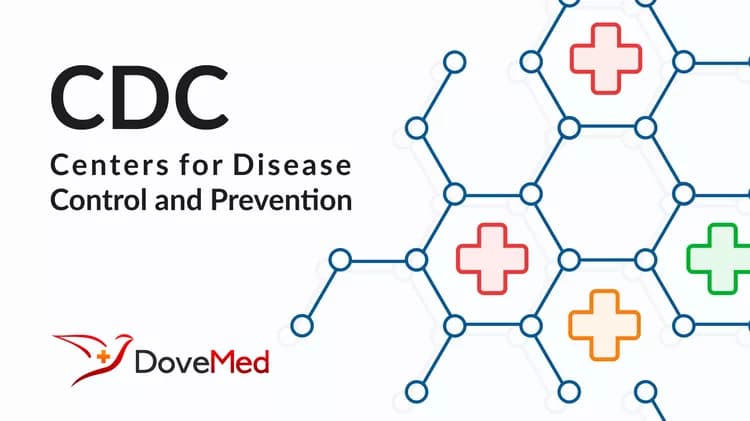
New Report Sheds Light on Trends and Patterns in Marriage, Divorce, and Cohabitation
New Report Sheds Light on Trends and Patterns in Marriage, Divorce, and Cohabitation
By age 30, three-quarters of women in the U.S. have been married and about half have cohabited outside of marriage, according to a report released today by the Centers for Disease Control and Prevention (CDC). The report, "Cohabitation, Marriage, Divorce and Remarriage in the United States," also finds that unmarried cohabitations overall are less stable than marriages.
The study, prepared by CDC's National Center for Health Statistics, focuses not only on individual factors but also community conditions associated with long-term marriages as well as divorce and separation. The study also examines conditions associated with cohabitation, including the impact that pre-marital cohabitation has on marriage and marital stability. The findings are based on interviews conducted in 1995 with nearly 11,000 women 15-44 years of age,
"We've expanded our analysis beyond the basic 'bookends' of marriage and divorce to look more closely at how the issue of cohabitation impacts the life of a relationship," said Dr. Ed Sondik, Director of CDC's National Center for Health Statistics. "At the same time, we've also attempted to look beyond the influence of individual characteristics and are looking more at the characteristics of the community at large to get a comprehensive picture of what factors impact marriage and divorce rates in this country."
The study suggests that both cohabitations and marriages tend to last longer under certain conditions, such as: a woman's age at the time cohabitation or marriage began; whether she was raised throughout childhood in an intact 2-parent family; whether religion plays an important role in her life; and whether she had a higher family income or lived in a community with high median family income, low male unemployment, and low poverty.
The probability of a first marriage ending in separation or divorce within 5 years is 20 percent, but the probability of a premarital cohabitation breaking up within 5 years is 49 percent. After 10 years, the probability of a first marriage ending is 33 percent, compared with 62 percent for cohabitations.
The report also shows that marriages that end do not always end in divorce; many end in separation and do not go through the divorce process. Separated white women are much more likely (91 percent) to divorce after 3 years, compared with separated Hispanic women (77 percent) and separated black women (67 percent).
Meanwhile, the probability of remarriage among divorced women was 54 percent in 5 years--58 percent for white women, 44 percent for Hispanic women, and 32 percent for black women. However, there was a likely hood 2nd marriages will end in separation or divorce (23 percent after 5 years and 39 percent after 10 years).
The likelihood that divorced women will remarry has been declining since the 1950's, when women who divorced had a 65 percent chance of remarrying. Data for 1995 show that women who divorced in the 1980's only had a 50 percent chance of remarrying.
The report, "Cohabitation, Marriage, Divorce and Remarriage in the United States," can be found on the CDC web site at: www.cdc.gov/nchs.
###
CDC protects people's health and safety by preventing and controlling diseases and injuries; enhances health decisions by providing credible information on critical health issues; and promotes healthy living through strong partnerships with local, national and international organizations.
Related Articles
Test Your Knowledge
Asked by users
Related Centers
Related Specialties
Related Physicians
Related Procedures
Related Resources
Join DoveHubs
and connect with fellow professionals

0 Comments
Please log in to post a comment.